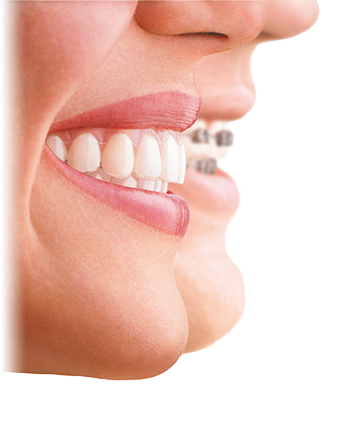 Restorative dentistry involves the diagnosis and treatment of all issues relating to the smile. In an ideal world, restorative treatment would feature much less frequently in our daily workload. Regular brushing or flossing and making use of preventive treatments such as the early detection of gum disease or tooth decay can help prevent the need for any invasive dental treatments.
Restorative dentistry involves the diagnosis and treatment of all issues relating to the smile. In an ideal world, restorative treatment would feature much less frequently in our daily workload. Regular brushing or flossing and making use of preventive treatments such as the early detection of gum disease or tooth decay can help prevent the need for any invasive dental treatments.
Nevertheless, restorative dentistry for patients in Leeds plays a very significant role and in some cases cannot be avoided. For example, teeth may need to be restored following a road traffic accident or after a fall.
Probably the most common restorative treatment is fillings. When a tooth is damaged by decay, it is often necessary to remove the decaying material and replace it with enamel or porcelain. The latter is used for white tooth-coloured fillings to make them look more natural. It also involves less removal of the tooth, making it a more comfortable and speedier treatment.
A second common restorative procedure is endodontic or root canal treatment. This seems to be one of the most feared treatments in dental care but, while efforts should be taken to avoid such work, the principle behind it is quite simple and it is not as bad as it sounds. When a tooth is badly damaged or decayed, there is an increased risk of infection to the blood or nerve supply of the tooth. This can be painful and potentially result in the loss of the affected tooth. Root canal treatment is then carried out by removing any sign of infection and thoroughly cleaning it before filling in the tooth again, to restore it to its natural shape.
A third common treatment is the replacement of missing teeth with dentures. Obviously, these vary in size and design depending on the scale of the problem. This has cosmetic benefits such as improving the smile and preventing facial muscles from sagging. Importantly, it also allows the wearer to enjoy a healthy diet. Dentures are usually made from acrylic (for the teeth) and either acrylic or metal for the base, commonly known as the plate. When a denture is partial, it is attached to the natural teeth with clasps, known as precision attachments.
Tags: Fillings Leeds, modern dentures Leeds, restorative dentistry Leeds, Root canal treatment Central Leeds







